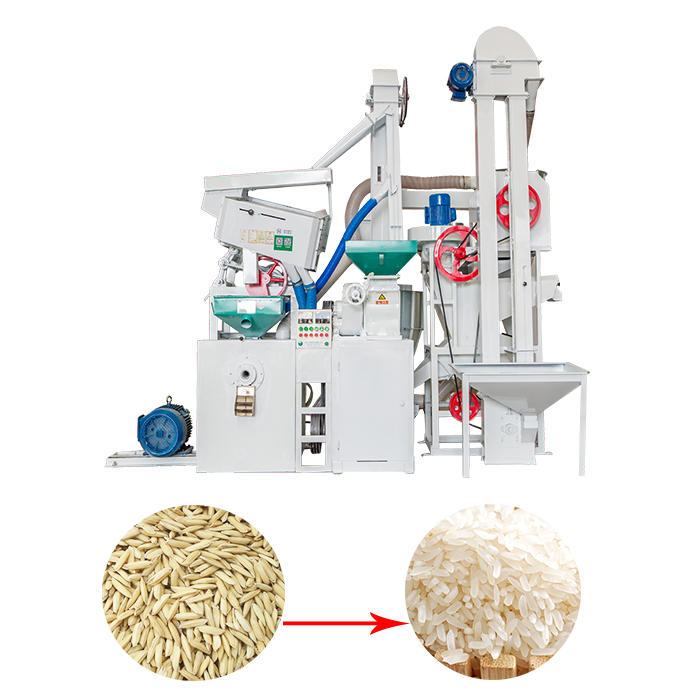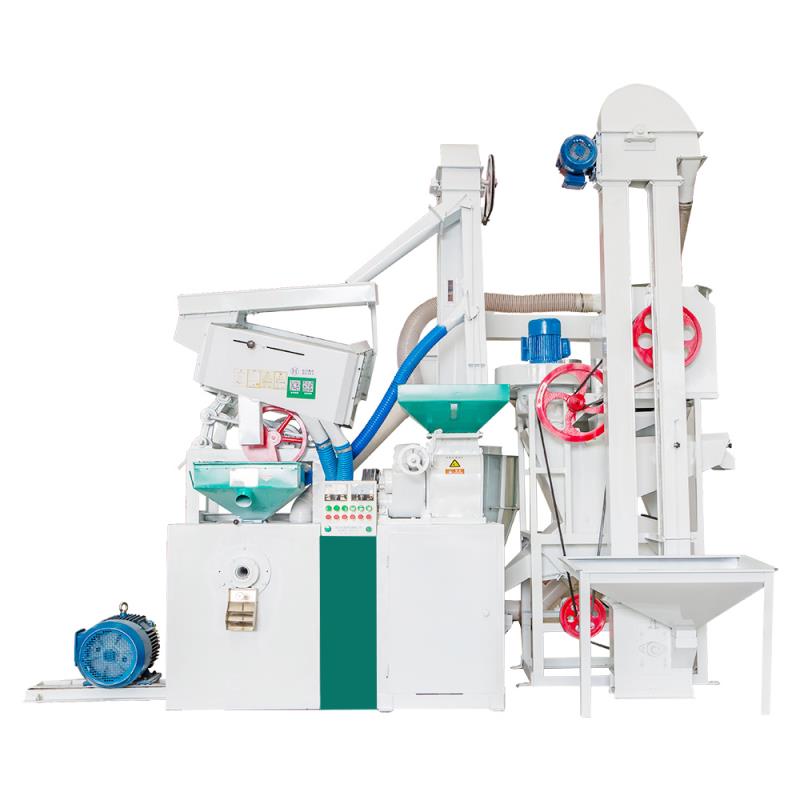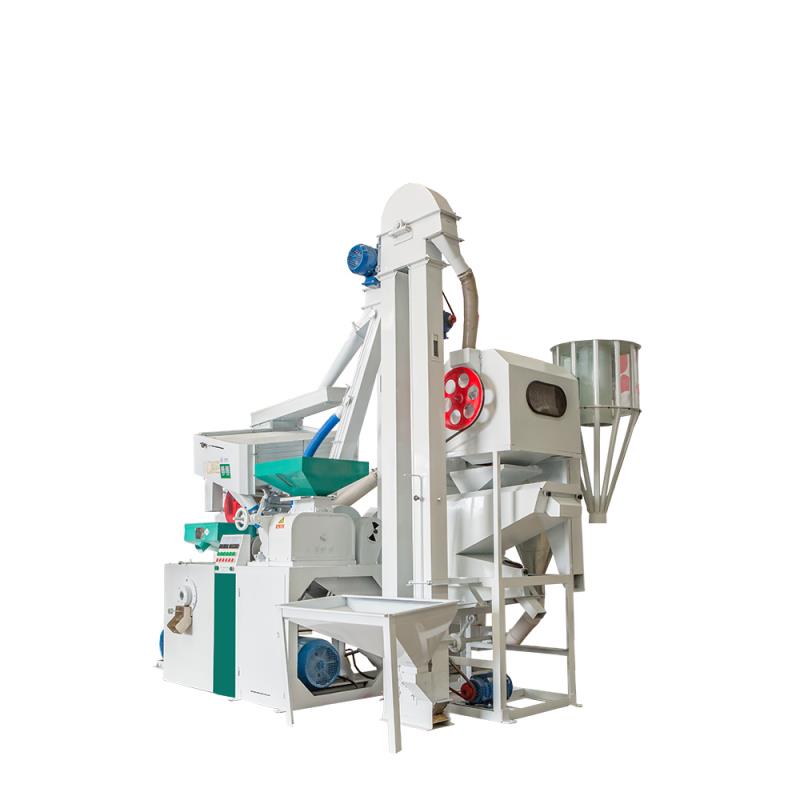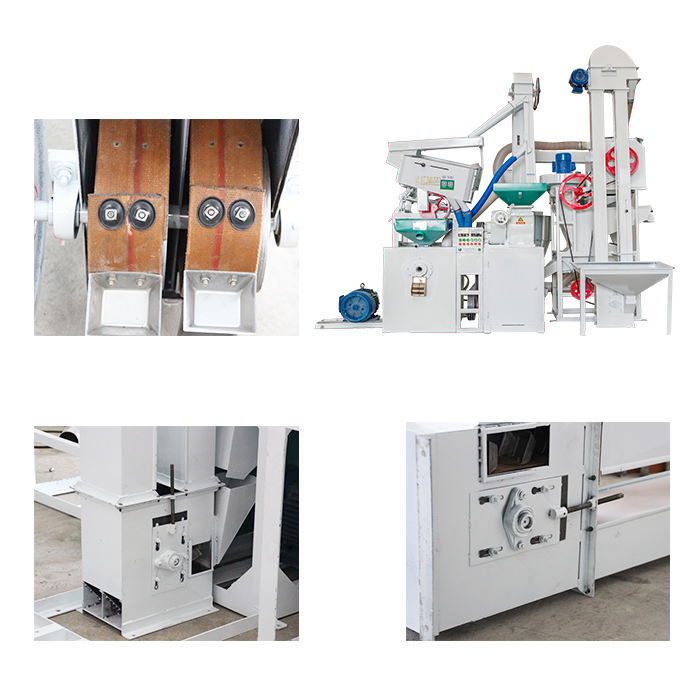Develop new sensors
The new sensor should roughly include: adopting new principles, filling up sensor blanks, and bionic sensors. They are interconnected. The working mechanism of the sensor is based on various effects and laws, which inspired people to further explore sensitive functional materials with new effects, and developed a new type of physical property sensor with new principles. This is to develop high-performance, multi-functional, An important way of low-cost and miniaturized sensors. Structural sensors have developed earlier and are now maturing. Structural sensors generally have complex structures, large volumes, and high prices. Physical-type sensors are roughly the opposite and have many attractive advantages, combined with the development of the past is not enough. All countries in the world have invested a lot of manpower and material resources in physical-type sensors to strengthen research, thus making it a noteworthy development trend. The use of low-sensitivity threshold sensors developed with quantum mechanical effects to detect weak signals is one of the new developments.
Integrated, multifunctional, intelligent
The sensor integration includes two definitions. One is the parallelization of multiple components of the same function. That is, a single sensor element of the same type is arranged on the same plane by an integrated process, and the linear sensor is arranged in one dimension. The CCD image sensor is This is the case. Another definition of integration is multi-function integration, which integrates the sensor with amplification, calculation, and temperature compensation and integrates them into one device.
With the development of integrated technologies, various types of hybrid integrated and monolithic integrated pressure sensors have emerged one after another, and some have become commodities. There are piezoresistive, capacitive, and other types of integrated pressure sensors, among which piezoresistive integrated sensors are fast and widely used.
The multifunctionality of the sensor is also one of its development directions. The so-called multi-functional example, the single-chip silicon multi-dimensional force sensor developed by the sensor research and development center of a university in the United States can simultaneously measure 3 linear speeds, 3 centrifugal accelerations (angular velocity) and 3 angular accelerations. The main components are monolithic silicon structures consisting of 4 cantilever beams that are properly designed and mounted on a single substrate, and 9 piezoresistive sensitive elements that are correctly placed on each cantilever beam. The multifunctionality can not only reduce the production cost and reduce the volume, but also can effectively improve the stability, reliability and other performance indicators of the sensor.
By integrating multiple sensor elements with different functions, in addition to measuring multiple parameters at the same time, the measurement results of these parameters can be comprehensively processed and evaluated to reflect the overall state of the system under test. From the above, it can be seen that integration brings many new opportunities for solid-state sensors, and it is also the basis for multi-functionalization.
The combination of the sensor and the microprocessor makes it not only have the detection function, but also has artificial intelligence such as information processing, logic judgment, self-diagnosis, and "thinking", and it is called the intelligence of the sensor. With the help of semiconductor integration technology, the sensor part and the signal preprocessing circuit, the input and output interface, the microprocessor, etc. are fabricated on the same chip, which becomes a large-scale integrated smart sensor. It can be said that the smart sensor is a combination of sensor technology and large-scale integrated circuit technology, and its implementation will depend on the improvement and development of sensing technology and semiconductor integration process level. This kind of sensor has the advantages of multiple energy, high performance, small size, suitable mass production, and easy use. It can be said to be one of the important directions of the sensor.
The development of sensor materials for new materials is an important basis for sensor technology and an important support for sensor technology upgrades.
With the advancement of materials science, sensor technology is becoming more and more mature, and its types are increasing. In addition to the semiconductor materials and ceramic materials that were used earlier, the development of optical fibers and superconducting materials has provided the material basis for the development of sensors. For example, many semiconductor materials based on silicon are easily miniaturized, integrated, multi-functionalized, and intelligent, and semiconductor photothermal detectors are characterized by high sensitivity, high precision, and non-contact characteristics, and development of infrared sensors, laser sensors, etc. Modern sensors such as fiber optic sensors; among sensitive materials, ceramic materials and organic materials have developed rapidly. Different formulations can be used to mix raw materials. Based on the precise deployment of chemical components, high-precision molding and sintering are used to obtain a Some kinds of gases have sensitive materials for identification and are used to make new gas sensors. In addition, high-molecular organic sensitive materials are new sensitive materials with potential applications in recent years. They can be used as sensors for heat sensitive, light sensitive, gas sensitive, moisture sensitive, force sensitive, ion sensitive, and bio-sensitive materials. The continuous development of sensor technology has also promoted the development of newer materials such as nanomaterials. US NRC has developed a nano-ZrO2 gas sensor to control the emission of exhaust gas from motor vehicles. It has a good effect on purifying the environment and has a broad application prospect. Due to the use of nano-material sensors, it has a huge interface, can provide a large number of gas channels, and the on-resistance is small, which is conducive to the development of sensors to miniaturization. With the continuous progress of science and technology, more new materials will be born. .
The adoption of new technology is not inseparable from the adoption of new technologies in the development of new sensors. The meaning of the new process is very wide. Here it mainly refers to the micro-fabrication technology that is especially relevant to the development of emerging sensors. This technology, also known as micromachining technology, has been developed in recent years with integrated circuit technology. It is a technology used in microelectronics processing such as ion beam, electron beam, molecular beam, laser beam and chemical etching. The more and more used in the field of sensors, such as sputtering, evaporation, plasma etching, chemical gas deposition (CVD), epitaxy, diffusion, etching, lithography, etc., have so far produced a large number of sensors made using the above process. Domestic and foreign reports.
Smart material smart material refers to the physical, chemical, mechanical, electrical and other parameters of the design and control of materials, the characteristics of artificial materials that have been born or the artificial materials that are superior to those of biological materials. Some people think that the material with the following functions can be called smart materials: It has self-adaptive functions for self-diagnostics; it has self-diagnosis function; it has self-repair function; and it has self-enhancement function (or time base function).
The most prominent feature of biological materials is that they have time-based functions. Therefore, this type of sensor is differential, and it is sensitive to variations. Conversely, if you are in a certain environment for a long time and are accustomed to this environment, the sensitivity will decrease. In general, it can adapt to the environment to adjust its sensitivity. In addition to biological materials, the most attractive smart materials are shape memory alloys, shape memory ceramics, and shape memory polymers. The exploration of smart materials has just begun. I believe there will be great development in the near future.
Rice Hulling Combination Rice Machine
The combined rice husker has the advantages of low power, low energy consumption, large output, easy operation and good maintenance. The machine consists of a single-link elevator, a multifunctional cleaning and stone removing machine, a new split rice huller ( the core part of the equipment ), a double-link elevator, a grain rough separating screen, a negative pressure rice refining machine, a broken rice separating screen, a multifunctional crusher and a central centralized controller. The fuselage is made of wear-resistant glass pipes, which are durable and beautiful.
Equipment parameter:
| Equipment model | Rice output(kg/h) | Milled rice rate(%) | Weight of equipment(kg) | Equipment power(kw) | Dimension(L×W×H) | Power input(V/Hz) |
| MLNS15/15 | 500-700 | 69-75 | 1500 | 25 | 3200×1900×3000 | 380/50 |
Main characteristics of rice milling machine:
1. compact construction, beautiful appearance.
2. less broken rice increment.
3. easy to operate.
4. steady performance.
5. national patents.





MLNS 15/15 Rice Mill Machine,Efficient Rice Mill Machine,Rice Processing Machine,Wear Resistance Rice Mill Machine
Sichuan Doujin Technology Co., Ltd. , http://www.doujinmachine.com